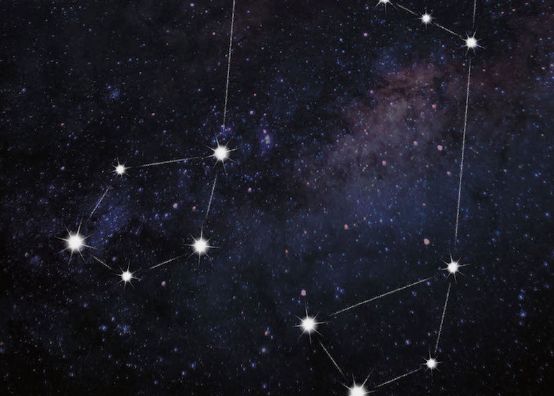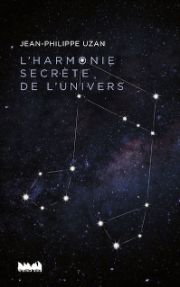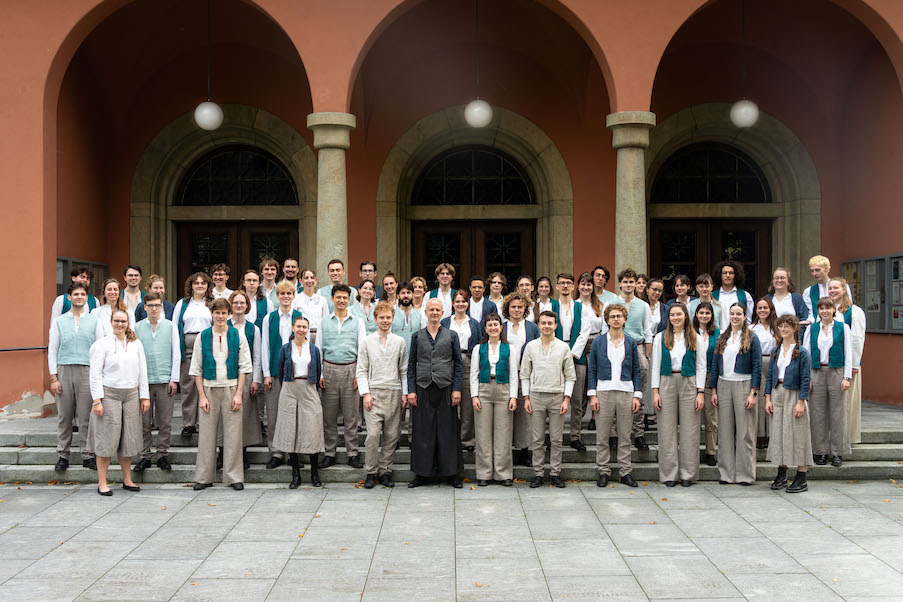Music from the Cosmos
This book explores the relationship between music and science, particularly astronomy.

Both disciplines of the quadrivium, astronomy and music have continued to rub shoulders to this day, with the former inspiring a number of composers, especially over the last hundred years, from Holst to Fabien Waksman, via Connesson, Grisey, Messiaen, Stockhausen, Takemitsu and Varèse, to name but a few. Astrophysicist Jean-Philippe Uzan, a top-flight scientist who is heavily involved in disseminating knowledge and frequently collaborates with artists, explores the intersecting trajectories of Euterpe and Uranie, while reminding neophytes of the basics of scientific thought. From the time when an analogy, an ingenious hypothesis or a mere belief in a theory sufficed, to the present day, which has seen a spectacular improvement in measurement and exploration instruments, the author passionately and concisely presents us with a few milestones in a long history, and allows us to witness the debates between idealism and empiricism, before the complementarity between theory and experiment was recognized, as well as discussions on notions such as the harmony of the world or the presumed song of the planets. Among the many personalities featured in this book are the composer and astronomer William Herschel, who discovered Uranus and, by studying the sun's light rays, infrared radiation. Various phenomena are covered, from the big bang to pulsars, from gravitational waves to vibrations on the sun's surface. And if everything from atoms to galaxies is vibration, how can we hear the sounds of the Universe when they can't propagate in a vacuum? Since a sound can travel in a different physical form from that in which it is emitted and perceived (as in broadcasting), we can listen to cosmic phenomena via light waves, transposing them to fit within the limits of human perception.
Where do star sound waves come from? Can we hear the primordial Universe? How can quantum mechanics lead us to consider each atom as a kind of musical instrument? How can sound help astronomers see better? Many other questions are addressed, in a way that is accessible to the layman (apart from a few footnotes, there are no equations). We should also mention the three important appendices devoted to the various divisions of the scale, musical geometry and the use of chance in composition.
Like astronomy and physics, musicology and history are sciences that demand accuracy and rigor in the treatment of data; it is therefore appropriate to point out a few (fortunately rare) inaccuracies, particularly in the musical field (where some terms have been crippled), which could have been avoided by careful checking: Philolaos, born after the death of Pythagoras, cannot be called his pupil (p.14), but at most his disciple; Hrotsvita of Gandersheim is indeed a canoness, but not a priestess (likely confusion with poetess) (p.50); Sibelius is spelled without an accent on the e (p.78); Herschel's father did not play the "fagot", the wrong spelling for the German equivalent of the bassoon, but the oboe (p.113), and so on. These blunders in no way detract from the interest of this book and the pleasure of discovery to which it invites us.
Jean-Philippe Uzan: L'Harmonie secrète de l'Univers, 192 p., € 20.00, Editions la ville brûle, Montreuil 2017, ISBN 9782360120635









